July 24TH Double R Fishing Report "Invasion of the Callibaetis!"
Thursday, July 24, 2014:
Invasion of the Callibaetis . . .
Okay, it is finally happening, at least to my observation. The Callibaetis may fly . . . aka the Speckled Spinner . . . is finally becoming a significant insect on the Double R Ranch, both on The Pond and out on the field water. There were scores of duns and spinners around my trailer last night and this morning. It is no longer the case where one sees a few spent Callibaetis spinners floating by you early morning making you question whether the trout are really feeding on Tricos and small Baetis. There are now Duns on the surface and in the air by mid-morning and the trout are taking them. Sure, Tricos are still causing a riot on isolated sections of the field water and sometimes on The Pond, and the hatch of tiny (size 22-24) Blue Winged Olives are appearing on cool and overcast mornings. But, the shrewd angler will be on the lookout for the relatively large (size 14-16) Callibaetis.
If you run into significant Callibaetis activity, you will want to fish sparsely tied dun patterns. I tend to favor my trusty Callibaetis Hatch Matcher because I feel that the forked tail and extended body are a “trigger” to the trout. I also like the Callibaetis Thorax Dun, tied with an upright wing of brown Partridge and a long synthetic tail. The Parachute Adams tied with just a sparse application of hackle is a consistent deceiver of trout. And, you can’t go wrong with a gray or tan bodied Comparadun.
Now is the time to ply the water with a nymph pattern, particularly if you see fish which are swirling subsurface rather than rising to insects on top of the water. Traditional ties such as a Gold Ribbed Hare’s Ear nymph take fish year in and year out. I tend to favor a more flashy offering such as Mercer’s Poxyback Callibaetis nymph. A slender abdomen is a desirable characteristic for a Callibaetis nymph. The key on The Pond (or on a lake, for that matter) is to let the Callibaetis nymph sink and make 6 inch strips pulling the fly toward the surface, which imitates the behavior of the natural. On the field water you will want to drift the nymph in front of working fish or a suspected fish lie, slowing the nymph down using a line mend if necessary.
If the fish continue to rise when a gentle wind picks up, consider switching to a “cripple” pattern or a dun pattern one size larger. Under these conditions you can get away with a larger tippet, which is better for the trout as we shift into August.
Doug Andres
Stream Keeper
